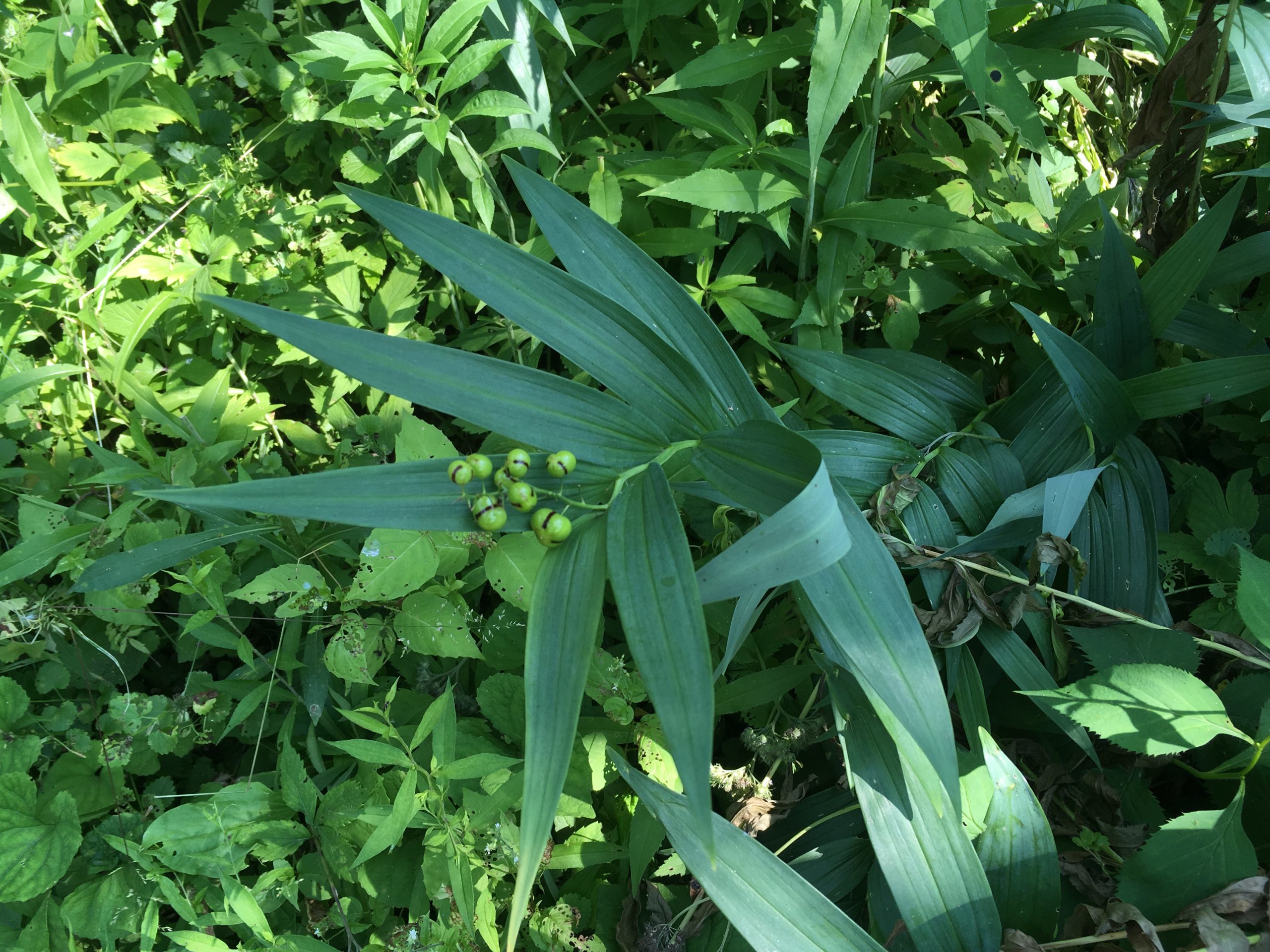What is ecological monitoring?
Simply put, monitoring is the process of regularly observing the environmental conditions of a specific area and noting or “measuring” changes over time.
Why is monitoring native plants important?
As a ravine property owner, monitoring your land will help you track your stewarding progress – an important activity to ensure stewarding improves the health of our ravines.
When it comes to your native plants, monitoring will help you:
- Assess the health of your native plants from season to season
- Keep track of where you plant
- Determine which native plants thrive on your property
- Figure out if you should take a new approach or contact an expert.
How can I monitor native plants?
Use our Native Plant Monitoring Worksheet
Take photos:
Monitor your progress by taking photos. Photo monitoring can be used to keep track of invasive plants, observe the health of native plants, or provide a general “snapshot” of your property’s conditions at any given time.
Make sure you take your photos from the same spot each time for consistency. Label them and keep them organized in an electronic album/ folder or print them out and keep them in a binder so that you can easily see photo comparisons year after year.
Helpful tip: mark your photo spot with a unique stone or large stick so that you know where to stand each time!
Remember where you plant!
It can be hard to remember exactly where you planted your natives, especially after a long, snowy winter. To help you keep track:
- Record the location of your native plants – this is especially useful if you plant in the fall and don’t see your native plants until the spring, after the snow melts. People often find it helpful to quickly sketch out a simple map of their property and label the location of their native plants.
- Use weatherproof labels – place labels directly into the ground beside your native plant. Make sure labels are weatherproof to survive the seasons. People often use metal labels engraved with the plant name.
- Keep your plant tags – when purchasing your native plant, always keep the plant tag. This will ensure you remember exactly which species you plant and the recommended care. When planting put a stick in the ground beside the plant to mark the spot for a few months if it’s dormant or in case a rabbit eats the top off.
- Take photos – stand in the same spot and take photos of your native plants multiple times throughout the growing season. Not only will this help you remember where you planted, but also allows you to track progress over time.
Footnotes
Information above adapted from: Toronto and Region Conservation Authority. Maintaining Your Pollinator Habitat. https://trca.ca/app/uploads/2016/04/PollinatorMaintenanceGuide_WEB.pdf

